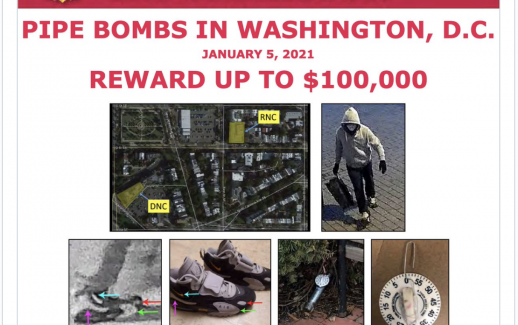Tackling a Big History Lie Fueling Putin’s Xi-Jinping-Aided Aggression
Despite Beijing’s global posturing in support of national sovereignty it uses sleight of hand to export “dual use” technology (civilian and military) to supply Putin’s war of aggression against Ukraine’s sovereignty. Yet Ukraine’s sovereignty is a matter of widespread international recognition.
China’s strategy seems simple: tax Ukraine and the West to the point that it will be deemed too expensive to defend Taiwan if Xi decides to wage war against it. China wants to make Taiwan too expensive for the world to care about.
However, Taiwan is too expensive for all nations depending on free eastern trade to abandon as a self-governing ally and trade partner, if, as Beijing’s own dual military-civilian asset buildup implies, Taiwan and Hong Kong will be used to expand Beijing’s militant stranglehold over all oceanic approaches to the East, thus subjugating the Western Pacific. The last time that happened was WW2.
This brings into relief what China (and Russia) mean by “pole” and “multipolar” as declared and evolved in 1991 within the Shanghai Five group, now the Shanghai Cooperation Organization (SCO). In China’s conduct, not words only, how big does Beijing plan for China’s “pole” of power to be? Does it involve coopting a weakened Russia? If so, Yeltsin’s and Putin’s solicitous weakness before China’s power via the SCO charter suggests this is already happening.
What else would China claim? The Koreas? Bhutan? Disputed border areas with India? Nepal? The Philippines? What is Xi Jinping’s appetite for control and conquest? By its massive PLA Navy expansion and global fishing fleets over-fishing the world’s international waters, Xi’s imperialism appears quite committed. Ideologically tied to Mao, who starved tens of millions of Chinese for doctrinaire reasons, the world cannot ignore the global, much less excessive regional expansion of such an ideology. This is where faux-communist doctrine works for Xi Jinping: wherever Beijing controls the “proletariat” the idea of quiet communist revolution based on resentment of the freedom of private ownership championed by free nations will allow China to extend unipolar imperial ownership and control.
This begs a question about Russia’s and China’s early 1990’s global diplomatic and information warfare regarding the West and the United States in particular as a “unipolar” power in the world, a misnomer adopted in international affairs literature because it was not then clear that Russia and China were planning to reassert their autocratic, imperial pasts in the 21st Century. Nor was it clear in 1991 they would sell it by using the U.S. influence windfall from aiding both China and Russia in WW2, the USSR’s collapse some 50 years later, and the U.S. response to 9-11-01 as excuses for doing so.
The massive, implied, and mind-boggling conspiracy theory of the Xi-Putin lie used to assert influence over members of the BRICS, OPEC, and SCO is that the United States planned all of this to become a global hegemon: Hitler’s rise, the Japanese Empire’s bombing of Pearl Harbor, WW2, and to fight across two hemispheric fronts in Pacific and European theaters against the Axis powers warring viciously against China and the USSR.
Nor do Beijing or Moscow emphasize to their would-be vassal states that Stalin did not oppose Japan’s empire, worsening risk to the United States as it fought on two global fronts for its survival. Nor do they tell their own people or international “partners” that the U.K. and U.S. aided the Russians despite Stalin with a substantial Lend Lease program and by taking on Hitler in Africa and Europe; nor that the U.S. and U.K. aided China in its liberation from the imperial Japanese.
The value of the truth must be pressed in a global diplomatic offensive to thwart the stunning lies implied, expressed, and by omission used by Xi Jinping and Vladimir Putin. This must happen at the highest political levels (the Bully Pulpit and U.S. diplomacy) and across the internet using a trove of archival photographs and primary source documents illustrating the facts of the U.S. roles, challenges, and hard choices of WW2, the Cold War, and the post-war institutions favoring freedom over genocidal tendencies of dictatorships and autocracies.

